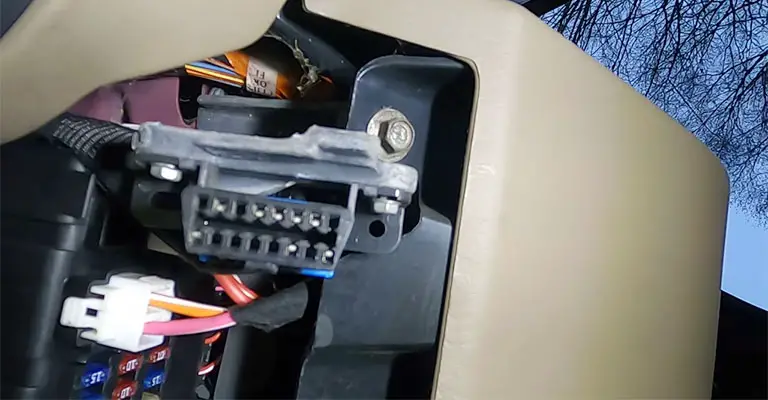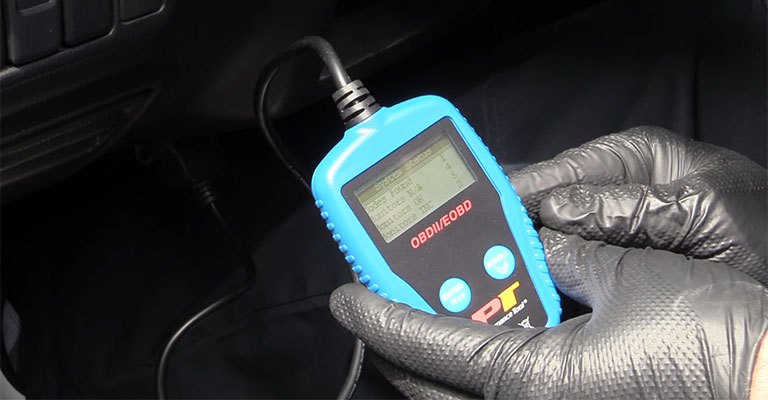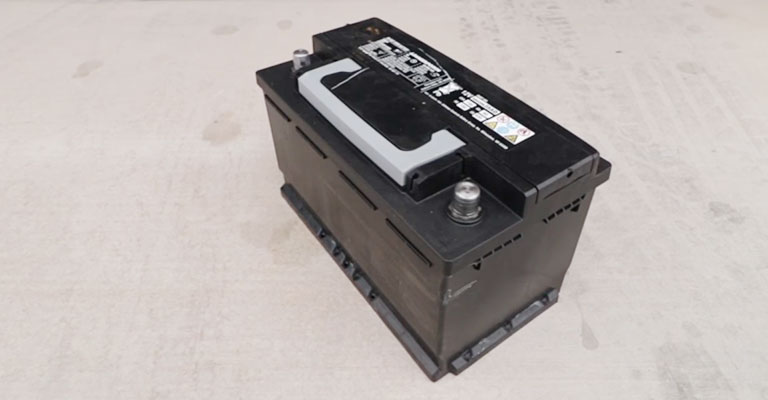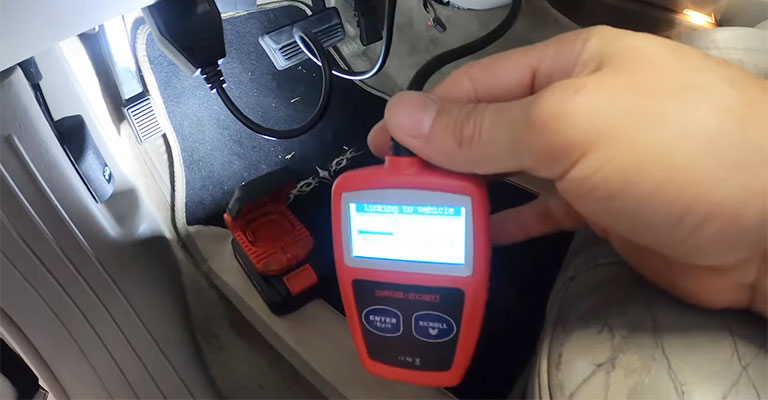OBD may not work due to an unplugged or low-power battery, faulty OBD-to-diagnostic port connection, blown-out fuse, or issues with the onboard computer. That is, it is either an issue with the OBD or a problem with the vehicle’s engine management system.

Why My OBD Is Not Working
Your car’s onboard diagnostics (OBD) system lets you read diagnostic issue codes (DTCs). This might help you diagnose car problems. When your OBD doesn’t work, it might be tough to diagnose the problem. If you’re not sure what the problem is, take your vehicle to a mechanic to get it looked at.
If the OBD is not working, it cannot interact with the engine management system and hence cannot diagnose or report any problems.
OBD
The engine performance and emissions of your car are monitored by a system called onboard diagnostics, or OBD. The objective of an OBDis to assist you in keeping your car running smoothly and effectively. If your engine fails, the OBD will display a diagnostic trouble code (DTC). In some circumstances, the OBD may also illuminate the check engine light (CEL).
How does OBD work

OBD helps you monitor and maintain your vehicle’s operation. The technique uses sensors to track engine speed, fuel usage, and pollutant levels. If something isn’t working, the OBD system will issue an error code.
Symptoms of OBD Problems
The most common indicator of an OBD problem is the appearance of the check engine light. Other symptoms include unusual engine noises, lower fuel efficiency, and difficulty starting the vehicle. If you’re having any of these problems, keep reading for possible causes and remedies.
Common Causes of OBD Not Working
- One of the most prevalent causes of an OBD not working is a disconnected or low-power battery.
- Another reason could be a faulty connection between the OBD and the vehicle’s diagnostic port.
- It’s also conceivable that the fuse linked with the OBD has blown.
- In some circumstances, an OBD won’t operate because there’s a problem with the vehicle’s onboard computer.
Unplugged or low-power battery

One of the most common reasons an OBD scanner fails to connect to a car’s computer is that the battery is disconnected or low on power. If your reader isn’t connecting, make sure the battery terminals are clean and tight. If the battery is fully dead, you could try jump-starting the automobile.
Faulty OBD-to-diagnostic port connection
The first thing to check is the connection between your OBD and the diagnostic port. The issue could be caused by a loose or damaged cable. If the connection appears to be secure, try moving it around a little to see if it makes a difference. If not, proceed to the next step.
The fuse linked with the OBD has blown
A blown fuse is a common reason an OBD won’t work. This can happen if there is a short in the wiring or if you utilize high-powered accessories. Check for a blown fuse in the fuse box. Replace any you find to see if it fixes the issue.
Onboard computer problem

An issue with the vehicle’s onboard computer is one possible cause of your OBD not working. This could be due to a software or hardware problem. If you feel this is the case, you can try resetting the computer by disconnecting the battery for 30 seconds. If that doesn’t work, you may need to take it to a mechanic or dealership for further evaluation.
What you’ll need
- An automobile with an OBD port
- A functional key fob
- An OBD reader
How to Solve This Problem
- First, make sure your car is turned on and the key is in the on position.
- Then, ensure that the OBD reader is properly plugged into the diagnostic port.
- If the two conditions are met Check to see if there is a problem with the OBD itself. In this situation, you’ll need to take it to a mechanic or dealership for further evaluation.
- Finally, if none of these methods work, it’s possible that your vehicle lacks an OBD system.
FAQ
How do I know if OBD is working?
Ans: Take it for a spin to see whether your OBD is functional! If the check engine light comes on, it signifies the OBD is operational. If you have an OBD reader, you can insert it into the port and see if it displays any codes. If nothing of these solutions work, there are a few further possibilities.
Where is the fuse for the OBD?
Ans: The fuse for the OBD is normally located in the fuse box beneath the hood of the car. If it’s not there, consult your owner’s manual for the precise position. Once you’ve located the fuse, use a multimeter to check its continuity. If it’s blown, replace it with a new fuse of the same amperage.
What is OBD communication failure?
Ans: OBD communication failure occurs when your car’s OBD system is unable to communicate with the diagnostic equipment. A loose connection, faulty wires, or a blown fuse can all cause this. Fortunately, there are some simple solutions to this problem that will allow you to get back on the road quickly!
How much does it cost to replace OBD?
Ans: The cost of replacing an OBD might vary depending on the brand and model of your vehicle as well as the severity of the problem. However, replacing an OBD is often not prohibitively expensive. If you are having problems with your OBD, you should take it to a technician or dealership to get it checked out.
Last words
First and foremost, ensure that your OBD is correctly plugged in and that the connection is secure. If it’s loose, it could be the reason your gadget isn’t reading anything. If that doesn’t work, try resetting your OBD by unplugging the battery for 30 seconds and then reconnecting it. This will occasionally clear any error codes that are stopping the gadget from working properly.
Leave a Reply